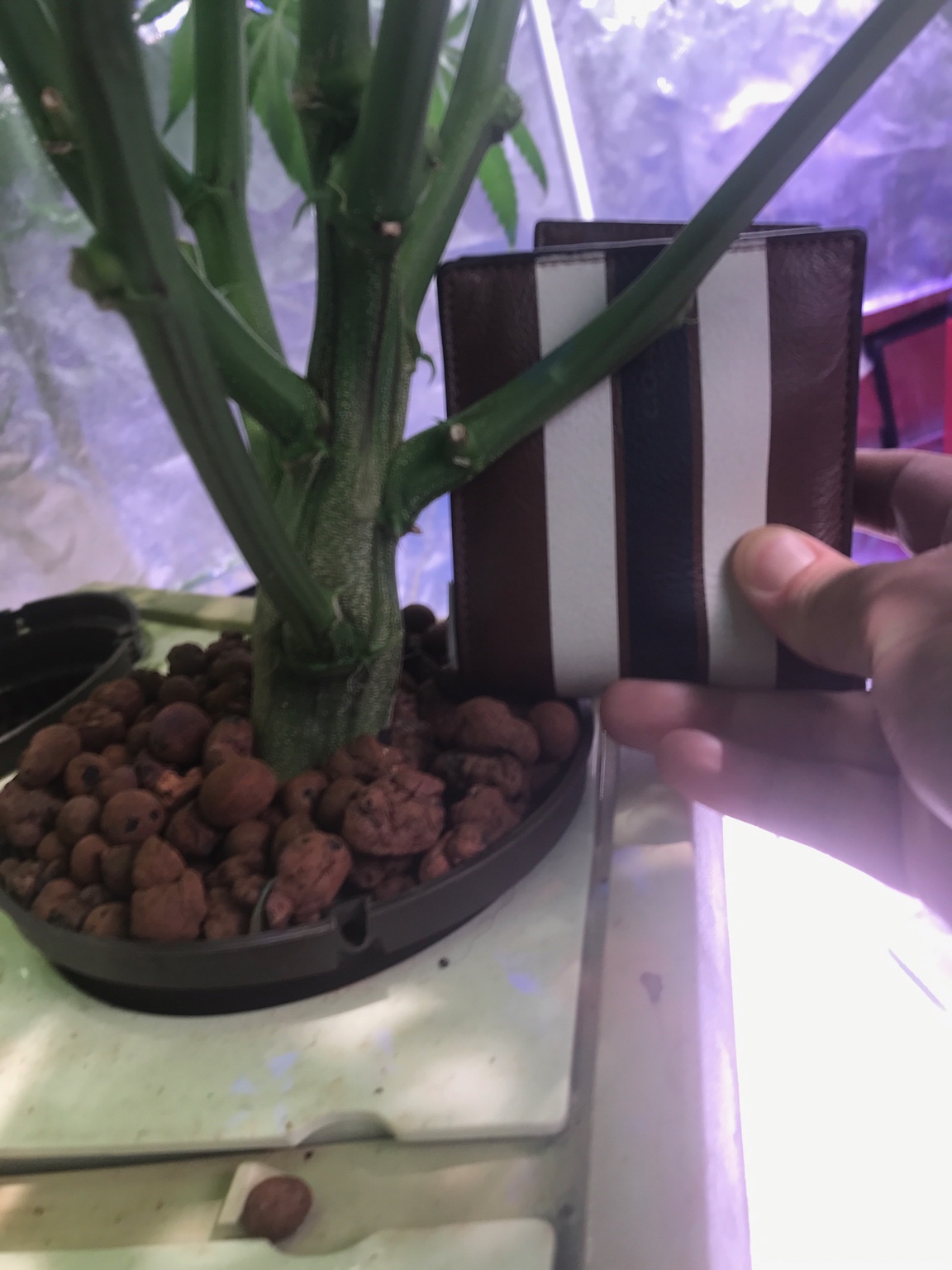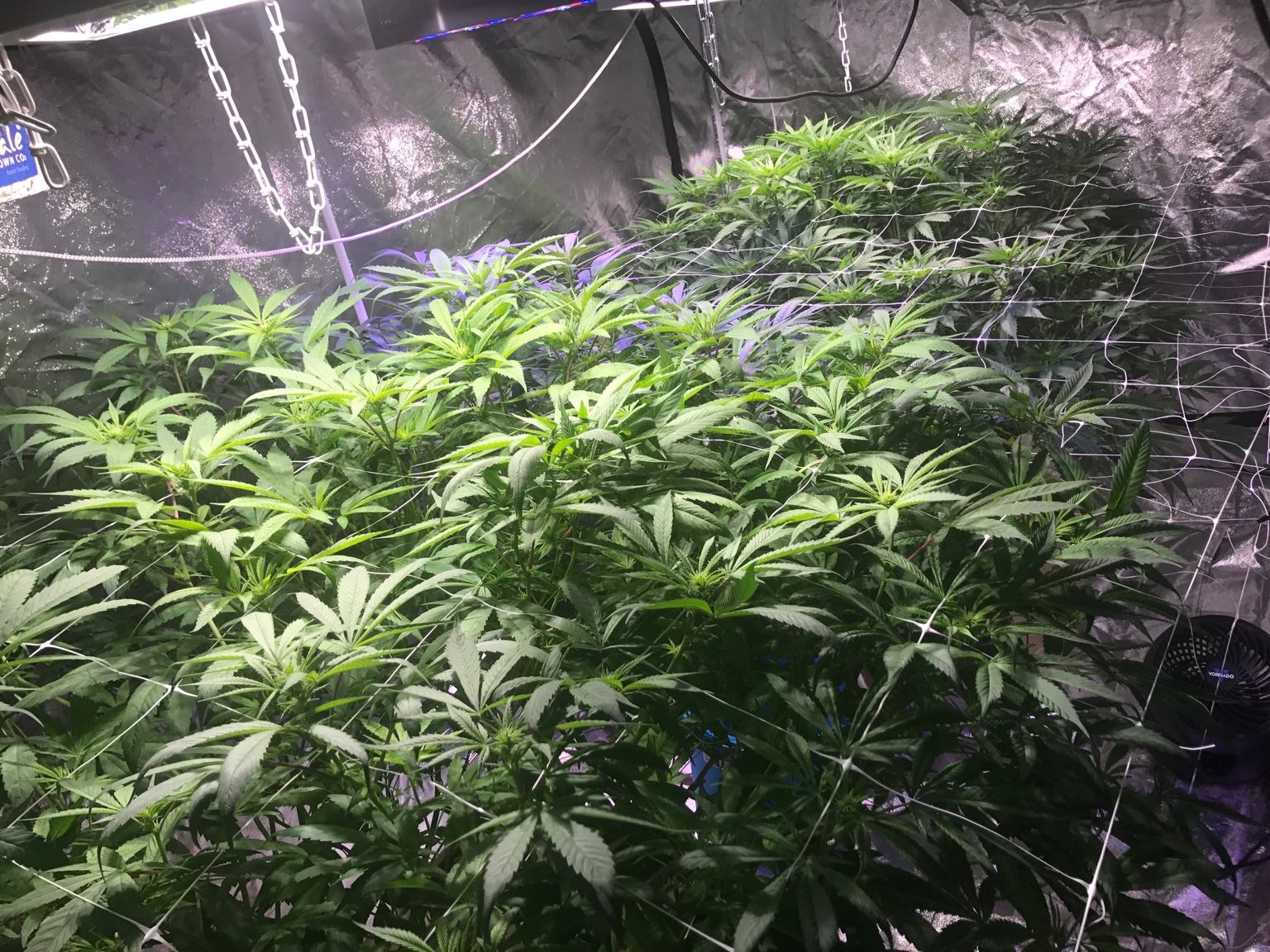Philsthetent
Well-Known Member
Debating with my pal , he thinks bigger is better , and by bigger he MEANS bigger , I think a few smaller plants would be better and faster ... here's a glimpse of his idea of bigger -


I was like WOW they look gargantuan ....


I was like WOW they look gargantuan ....



 .
.